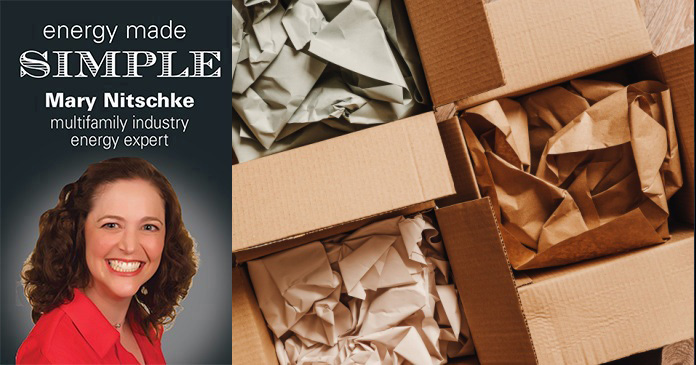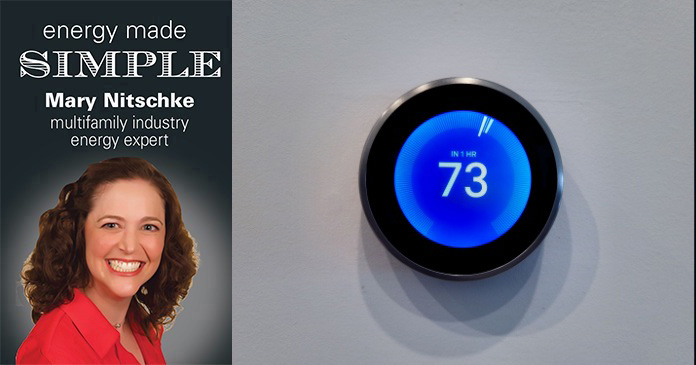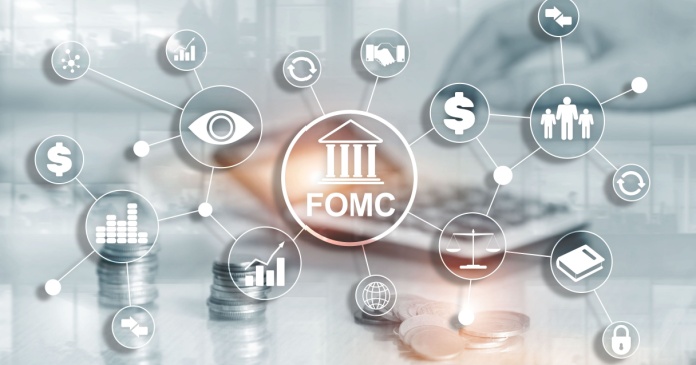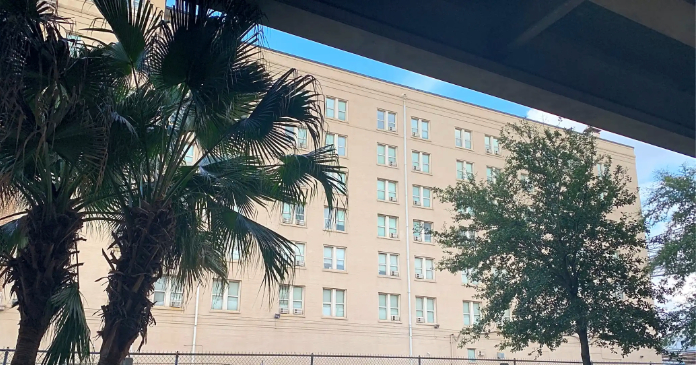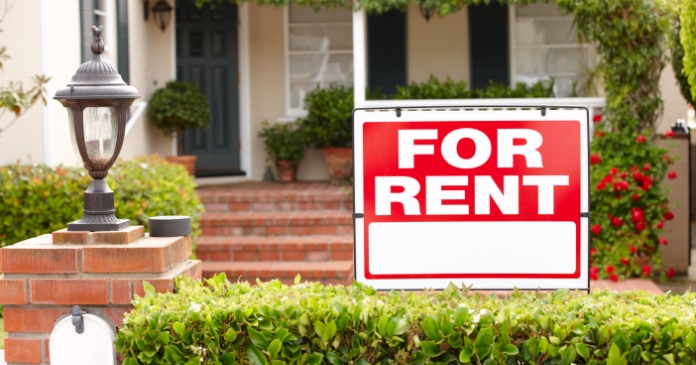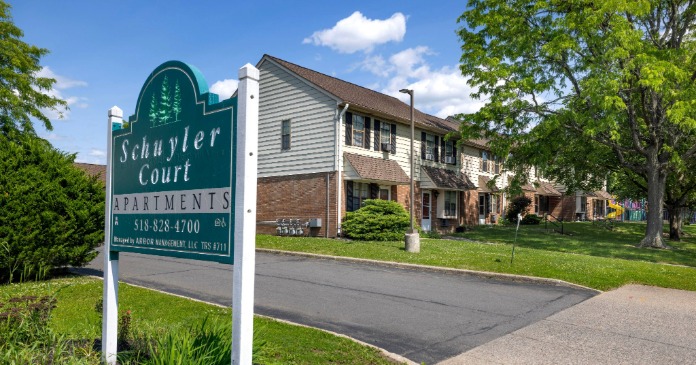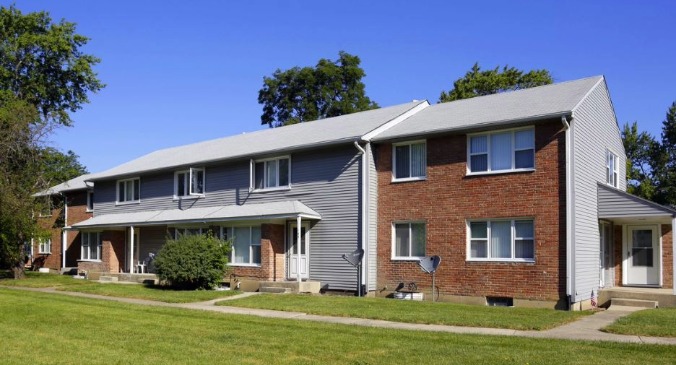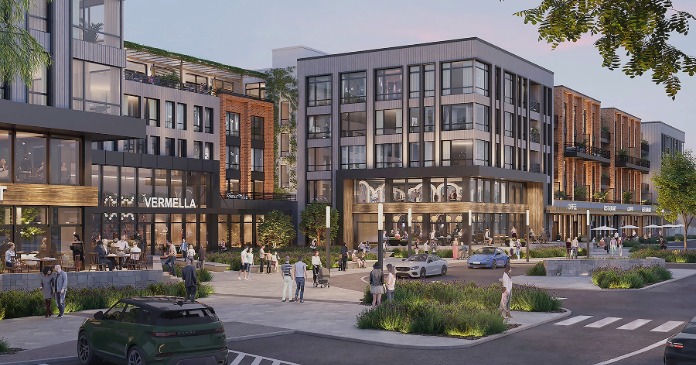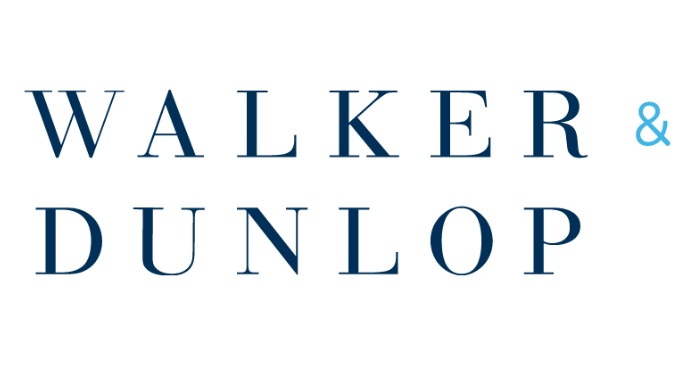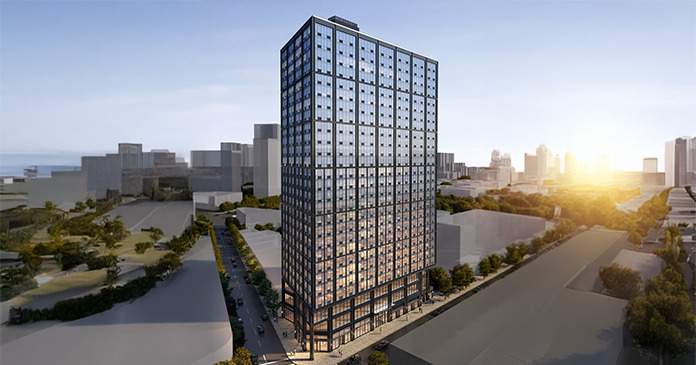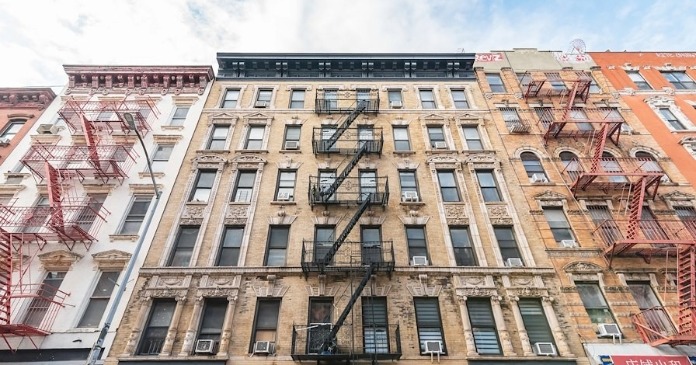Growing up in unincorporated Fresno (the part of Fresno that Fresno apparently did not want), we had a tremendous number of fruit trees: lemon, orange, tangerine, grapefruit, plum, nectarine, peach, and pomegranate. I loved the fruit, but getting up on the ladder to pick it made me nervous. I pretty much stuck to the ground and picked the low hanging fruit.
To this day, I love low hanging fruit. A few weeks back, I shared state of recycling report card from The Recycling Partnership (TRP). In the spirit of low hanging fruit on the “recycling tree” let’s talk about simple improvements we can make to our failing (my least favorite “F” word) grade in household participation in recycling.
To refresh our memories, only 43% of households recycle the materials that can be recycled. When this stat was researched by TRP, the lack of participation had to do with a lack of understanding of what could and could not be recycled. “When in doubt, throw it out” (into trash) prevails. This is an area of low hanging fruit for our industry.
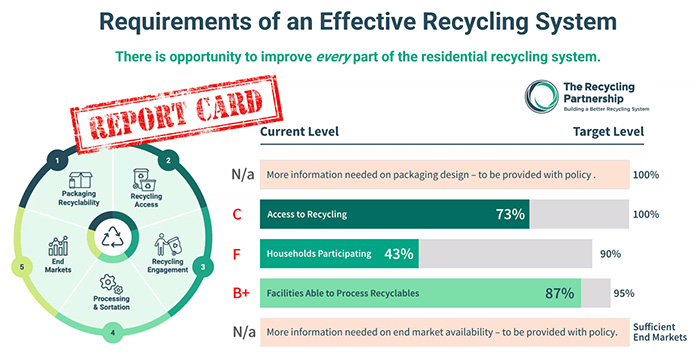
To remind you, in many markets, you save money by increasing your recycling volumes and decreasing your trash volumes. If you want to improve your NOI, recycling is probably part of the answer.
To get to diversion, we need to engage and educate our residents. Since what can be recycled changes based on locale, what to recycle is indeed very confusing for our residents. So, let’s focus our education and communication on the magical three items that can be recycled in all parts of the country.
Cardboard
Our industry is overflowing with this material. Not joking at all. If you walk into your trash enclosure on a Monday morning after a weekend of move-ins, it probably looks like a bomb went off and all the debris was cardboard. Moving boxes, on-line purchasing boxes and appliance boxes make up the majority of the cardboard in our communities. Luckily for us, recycled cardboard holds substantial value in the United States, driven by both environmental and economic factors. Unfortunately, only 56% of cardboard is recycled in the United States annually. This is lucky for you because, with proper communication, this material type is low hanging fruit. Dedicated cardboard recycling containers are cheap and often free; every market that accepts recycling accepts cardboard.
This is your lowest hanging fruit for improving your waste program and engaging your residents who are looking for sustainability features in their community. If you only have room for a bin in one location, ensure that your team walks your new resident to this location to show it to them as part of the new move-in process (don’t assume the resident will somehow understand where to put cardboard through osmosis). Also, update your package locker notification to include a reminder to recycle the box at the cardboard station.
Aluminum cans
Aluminum is a highly versatile and valuable material and its ability to be recycled efficiently is a cornerstone of our U.S. recycling program. Recycling aluminum offers a multitude of environmental and economic benefits, making it a critical component of modern manufacturing and a circular economy.
Material Recovery Facilities (MRF’s) love aluminum cans. According a recent presentation by the Can Manufacturing Institute, in the United States 90,000 aluminum cans are recycled per minute, and 97% of all recycled aluminum is converted into other products making it a versatile and valuable material for our recycling programs. The recent tariffs imposed on Canada have driven the value of recycled aluminum up in the U.S. Sadly, in spite of its high value and acceptance at all MRF’s, only about 43% of aluminum is recycling annually. This means, as a nation, we are throwing $1.2 billion of resources into the landfill each year. When you understand their value, it starts to get clearer why 1) all MRF’s will accept aluminum and 2) why recycling bins are cheaper than waste in most markets.
Aluminum cans are a low hanging fruit opportunity for your residents. Focus your education and communication on the material type, not “recycling” in general which is nebulous. Remind your residents that their cans should not go in the waste can, but in the recycling bin to improve diversion. Infographics with pictures of beverage and aerosol cans above your recycling containers can continue to help drive improvement in your program.
Plastic soda bottles
That is not a typo. Yes, the third most highly recycled item accepted at MRF’s is the majestic soda bottle. Think soda, sports drinks, juice jugs, etc.
The design of plastic bottles has evolved with a focus on enhancing recyclability. You will notice that most bottles are clear plastic. This is by design. In the late 80’s/early 90’s all the beverage brands collaborated to create a more recyclable, standardized design of these containers. Most soda bottles are now made primarily from polyethylene terephthalate (PET). PET is highly recyclable and can be processed into various new products. There is a growing trend toward using easily removable labels. This prevents contamination during the recycling process, leading to higher quality recycled materials. Sadly, about 85% of this material type ends up in the landfill, frankly, because people are unaware that it can be recycled.
Fun fact: When you purchase carpet with recycled content for your properties, that carpet is typically manufactured using recycled plastic bottles. This means that, if you are promoting to your residents how sustainable your properties are, you can communicate how recycling plastic bottles at your community contributes to the circular economy!
As we approach our opportunity to improve our recycling programs, this list is the low hanging fruit. Instead of just saying “Recycle!” focus on communicating this information to improve your program. A meaningful communication program for your residents increases adoption. No ladder required.


